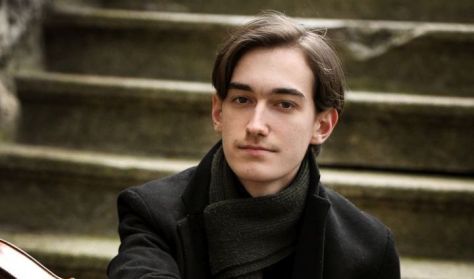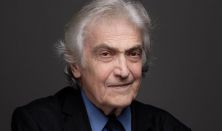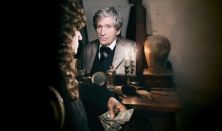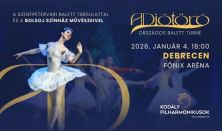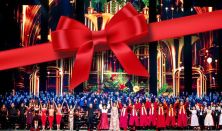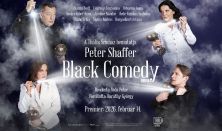Lukács season ticket / 4
Friday, 21 May 2021, 7:30 pm
Medveczky
Sándor Veress: Symphony No. 1
Ernő Dohnányi: Concert Piece for Cello and Orchestra in D major, op. 12
***
László Lajtha: Symphony No. 4 ("The Spring"), op. 52
Zoltán Kodály: Concerto for Orchestra
Gergely Devich cello
Hungarian National Philharmonic Orchestra
Conductor: Ádám Medveczky
When the 2600th anniversary of the establishment of the Japanese emperorship came around, the Japanese government opened a competition for a piece of music to celebrate it. The winner was Sándor Veress, who beat out a host of other composers, including Richard Strauss and Benjamin Britten, with his Symphony No. 1, titled Greetings. Veress looked to Bach and Bartók as his guiding lights. The spirits of these two composers are reflected in the work in the sense of the contrapuntal structure of the former and, in the case of the latter, the use of his birthright to the treasures of Hungarian folk music.
In Ernst von Dohnányi's Concert Piece, few of the parts for solo instruments are actually solos. The work consists of three movements linked to each other with attaccas, transitioning from the moderate tempo of the first to the scherzo of the second, and then on to the final Adagio. Although the work was dedicated to the noted German cellist Hugo Becker, one can also surmise that the Hungarian composer was also "addressing" it to his own father, Frigyes Dohnányi, an outstanding cellist in his own right.
László Lajtha wrote his Fourth Symphony in 1951, during the darkest days of Hungary's suffering under communist leader Mátyás Rákosi. None of the horror of these circumstances shows up in this piece: instead, Lajtha wrote a brilliantly pure work full of serenity. The two quick movements, the Allegro molto and the Vivace, frame the dance-like meditation and melancholy of the Allegretto. The final movement is suitably named Spring: written in a 6/8 time signature, it is an opulently scored circle dance of sweeping power.
Zoltán Kodály wrote his Concerto for Orchestra in 1939/40 after receiving a commission from the Chicago Symphony Orchestra to write a composition celebrating the 50th anniversary of the ensemble's establishment. The work was premièred on 6 February 1941, under the baton of Frederick Stock. The work consists of a single sprawling movement spread across five sections: the allegro moderato tempo of the beginning reappears in the third and fifth sections. The second and fourth parts are a lyrical largo.
